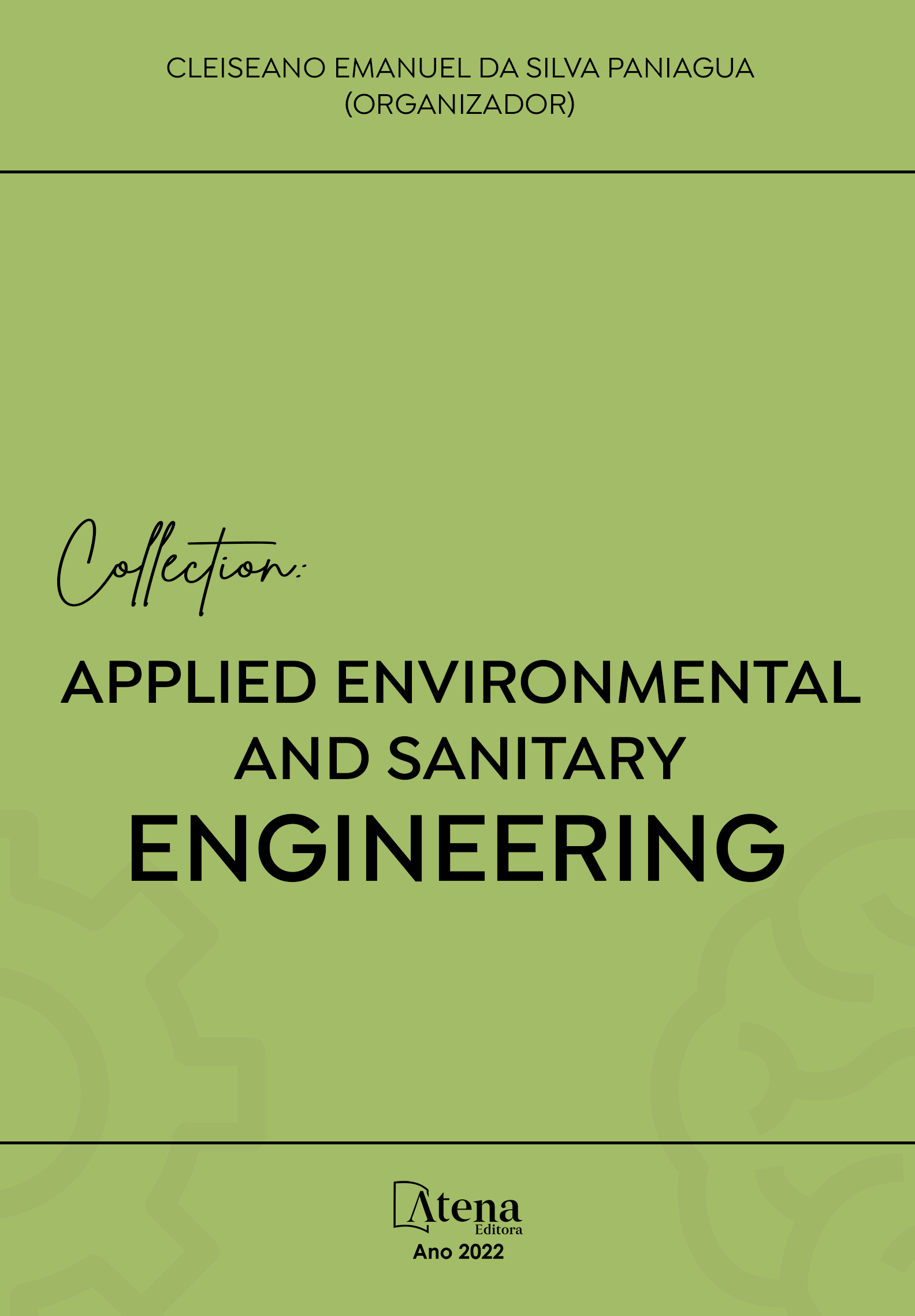
ANÁLISE DO PADRÃO DA ÁGUA POTÁVEL COMERCIALIZADA EM RELAÇÃO AOS ELEMENTOS QUÍMICOS PRESENTES PELA TÉCNICA DE RADIAÇÃO SINCROTRON E DE COLIFORMES FECAIS PELO MÉTODO COLILLERT®
A necessidade de água para a humanidade se faz necessária é importante para o desenvolvimento da humanidade e para garantir a continuidade da espécie humana no planeta Terra. Sem essa importante fonte de manutenção da vida não seria possível à existência de vida no planeta Terra, o que faz com que seja tão vital quanto à presença de oxigênio na atmosfera terrestre. Para suprir as crescentes demandas de suprimento de água para 7 bilhões de seres humanos para sedentação, agricultura e processos industriais, torna-se cada vez mais importante a preservação das fontes hídricas bem como o monitoramento das reservas de abastecimento para consumo humano. Tal necessidade torna-se devido à proliferação de doenças por via aquática, como febre tifoide e cólera, entre outras. Por isso, o presente estudo teve como objetivo investigar a qualidade de três marcas distintas de água potável engarrafada de modo a verificar seu padrão de qualidade com relação a concentração de elementos químicos presentes através da técnica de radiação síncrotron e a analise de coliformes fecais pelo método Colillert® para avaliar possíveis fontes contaminadas. O projeto contou com apoio do Laboratório Nacional de Luz Síncrotron (LNLS) e as instalações laboratoriais da Unicamp. Sendo que cada marca de água mineral recebeu a designação A, B e C. Tendo como resultados para concentração multielementar a presença dos elementos químicos: Alumínio (Al); Fósforo (P); Enxofre (S); Cloro (Cl); Potássio (K); Cálcio (Ca); Manganês (Mn); Ferro (Fe) e Zinco (Zn). Quanto as concentrações de coliformes fecais ficaram abaixo de 0,10 NMP/100 mL, mostrando uma uniformidade das fontes de exploração mineral.
ANÁLISE DO PADRÃO DA ÁGUA POTÁVEL COMERCIALIZADA EM RELAÇÃO AOS ELEMENTOS QUÍMICOS PRESENTES PELA TÉCNICA DE RADIAÇÃO SINCROTRON E DE COLIFORMES FECAIS PELO MÉTODO COLILLERT®
-
DOI: 10.22533/at.ed.5782219012
-
Palavras-chave: Água doce, Poluição Hídrica, Meio Ambiente, Engenharia.
-
Keywords: Fresh Water, Water Pollution, Environment, Engineering.
-
Abstract:
The need for water for humanity is needed is important for the development of humanity and to ensure the continuity of the human species on planet Earth. Without this important source of life maintenance it would not be possible for life to exist on planet Earth, which makes it as vital as the presence of oxygen in the earth's atmosphere. In order to meet the growing demands of water supply for 7 billion human beings for sedentation, agriculture and industrial processes, the preservation of water sources as well as the monitoring of supply reserves for human consumption is becoming increasingly important. This need is due to the proliferation of waterborne diseases such as typhoid fever and cholera, among others. Therefore, the present study aimed to investigate the quality of three distinct brands of bottled drinking water in order to verify their quality standard in relation to the concentration of chemical elements present by the synchrotron radiation technique and the analysis of fecal coliforms by the method. Colillert® to evaluate possible contaminated sources. The project was supported by the National Synchrotron Light Laboratory (LNLS) and the Unicamp laboratory facilities. Each brand of mineral water received the designation A, B and C. As a result of multi-elemental concentration the presence of the chemical elements: Aluminum (Al); Phosphorus (P); Sulfur (S); Chlorine (Cl); Potassium (K); Calcium (Ca); Manganese (Mn); Iron (Fe) and Zinc (Zn). As for the concentrations of fecal coliforms were below 0.10 NPM/100 mL, showing a uniformity of mineral exploration sources.
-
Número de páginas: 13
- Prof. Dr. ARISTON DA SILVA MELO JÚNIOR


